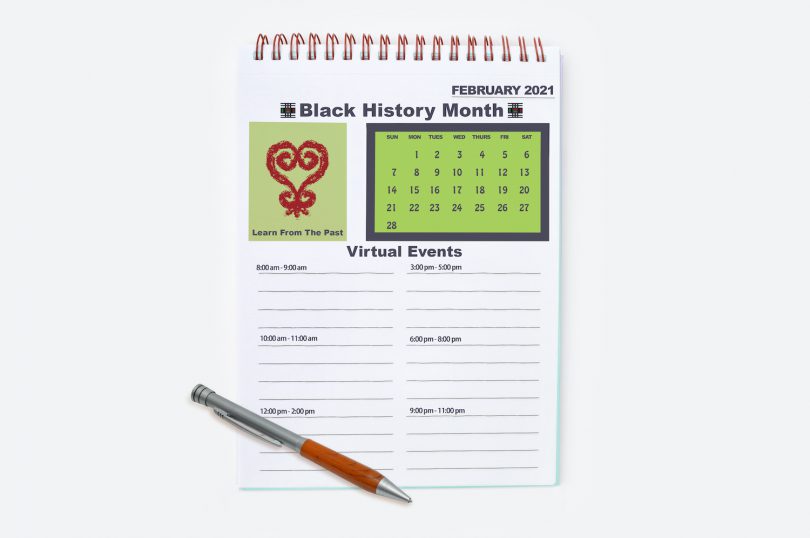It’s February, the month we mark Black History Month. Often, we use this cultural observance to reflect and honor Black Americans who impacted our lives through their struggles, innovations, advocacy and accomplishments.
We conduct rich, high-visibility conversations, share informative content and engage media to share narratives about Black history, culture and experiences throughout the month. Our audiences gain new insights and understanding about the Black experience in the United States. We reinforce to stakeholders that our organizations believe Black Lives Matter and they should be represented and included in our workplaces and communities.
Then, March 1 arrives.
As the next month starts, we — and the media — often place those Black lives, stories and concerns back on the shelf and we turn to communicating about the next cultural observance and sharing those stories. In March, it’s Women’s History Month and National Deaf History Month. Each story will be inspiring and enlightening but, come April, those stories — and media spotlight — will disappear from our news feeds and be replaced with stories about the next month’s cultural observance.
Due to the high concentration of similar stories, audience retention will shrink as well. This same cycle repeats throughout the year.
Placing stories in the media using connections to cultural or health celebrations or observances is a commonly used strategy by communicators. Elevating Black influencers’ stories during Black History Month is an easy way for us to gain the attention of media outlets and leverage their interest in timely, newsworthy connections to that month’s observance to make a case for placement.
Why should we limit telling the stories of the Black communities to the month of February, or the stories of influential women and impactful deaf Americans to March, or the stories of Latinx heroes to September and October?
What is preventing us from looking for and pitching media on these stories year-round?
To address that this pitching strategy may lack significance or longevity outside of that cultural observance link, we should be looking for and pitching media on other aspects of these stories. By featuring significant connections to trending media topics and issues, we can position our BIPOC leaders and innovators as subject-matter experts for interviews beyond their respective cultural observances.
For example, the following trending stories this month could create these suggested story opportunities outside of Black History Month and other cultural observances:
- COVID-19 pandemic and vaccine distribution — This is an opportunity to elevate stories of individuals or organizations working on scientific advances to curb the spread of COVID-19, working on the frontline to provide emergency responses, or organizing vaccine distribution efforts at the state and local levels.
- Inclement weather/natural disaster events — This is an opportunity to elevate stories of individuals or organizations leading important preparation or response strategies, innovations or policies.
- Growing food insecurity — This is an opportunity to elevate stories of individuals or organizations heading local initiatives to feed people in their communities, addressing food deserts often found in BIPOC communities or organizing community food gardens.
- Systemic bias and injustice in the criminal justice system — This is an opportunity to elevate stories of individuals or organizations working on policy reform to ensure equal justice in criminal proceedings and law enforcement or striving to implement bail system reform.
With a little creativity and by picking the right media outlets, the impact and accomplishments of remarkable Americans from various backgrounds and experiences can be told and shared throughout the year instead of only during one month, week or day due to their demographics.
With a good pitch and the right timing and media contact, we can help journalists — and our audiences — see beyond those cultural calendars and talk about these important perspectives all year long.
PRSA member Crystal Borde is vice president and diversity + inclusion practice lead at Vanguard Communications in Washington, D.C. This is a modified version of a post that first appeared on Vanguard’s In Practice blog.
[Photo credit: rSnapshotPhotos]







During times like Black History Month, it is easy to jump on trends and forget that you are able to celebrate these heroes year-round. As a whole, public relations practitioners must do better to not keep such a narrow scope during these months and make sure they are putting out what is truly newsworthy and not just following trends. -Mikaela Weis, writer/editor for Platform Magazine